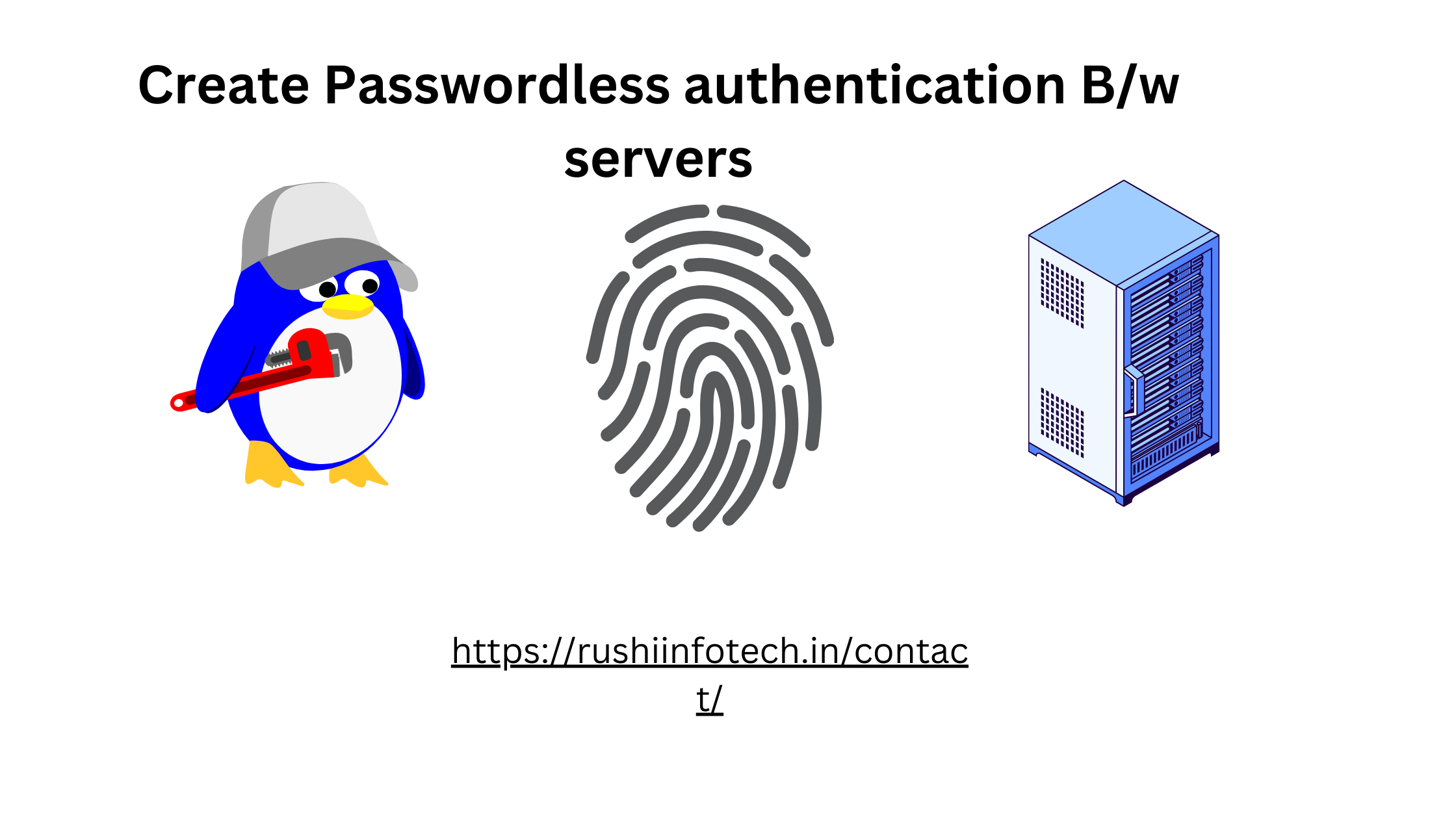Similar Posts
Source Code Management: Git
You need to be logged in to view this content. Please Log In. Not a…

How to Create Passwordless authentication Between servers?(step 5)
You need to be logged in to view this content. Please Log In. Not a…
How to install default jdk on ubuntu 22.04/20.04/18.04
You need to be logged in to view this content. Please Log In. Not a…
How to Create Access Key Credentials in AWS?
You need to be logged in to view this content. Please Log In. Not a…

How to Install Apache Maven on Ubuntu 20.04(step 4)
You need to be logged in to view this content. Please Log In. Not a…
What is Git Tag?
You need to be logged in to view this content. Please Log In. Not a…
